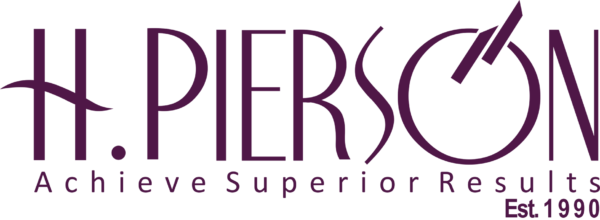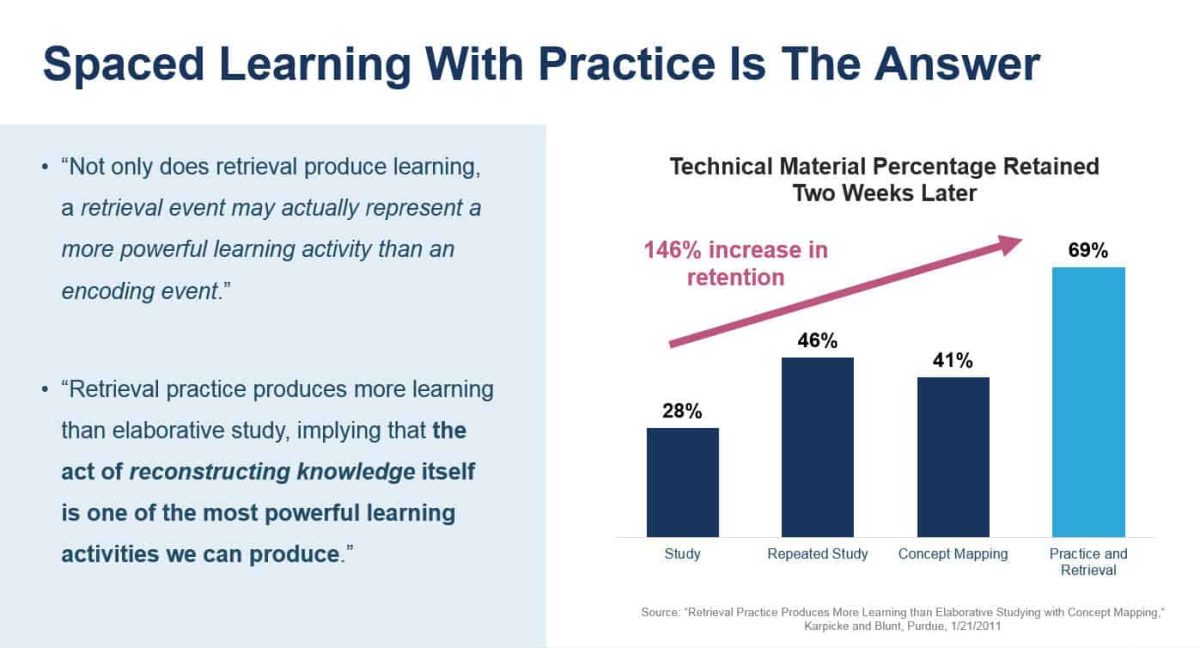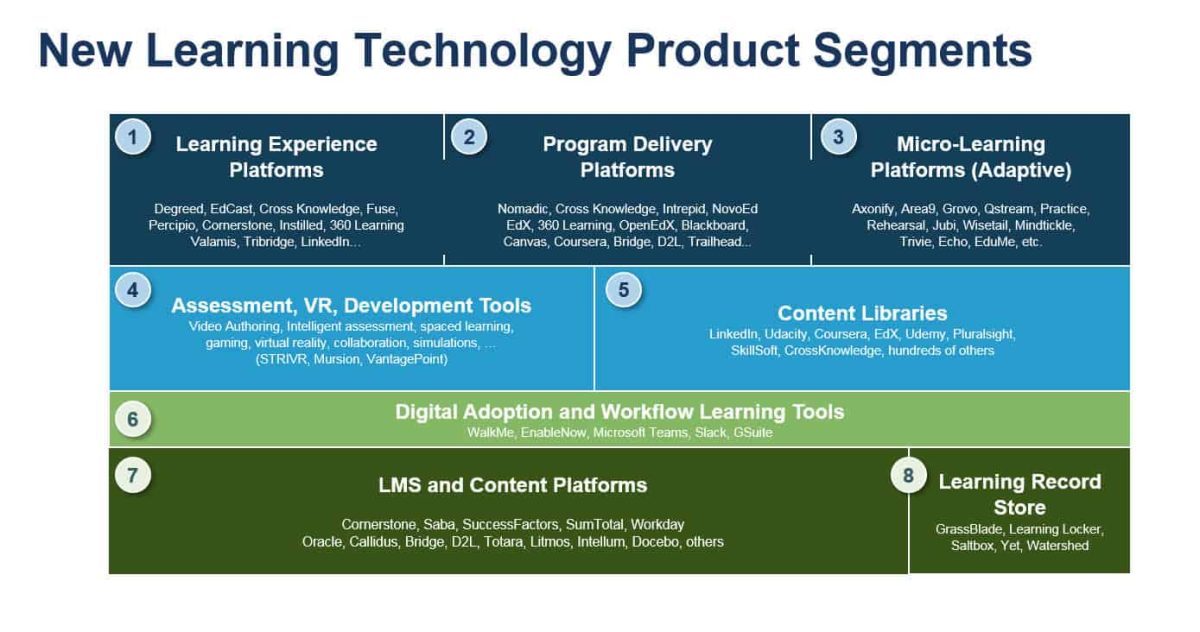Organizations of all types from small nonprofits to mega corporations are governed by a board of directors that appoints the agency head. Serving on a board of directors requires strong leadership, commitment to the mission of the organization and impeccable credentials.
Board of director responsibilities may include fiscal oversight, fundraising, strategic planning and personnel actions. Those who meet board member qualifications may find the experience challenging, but deeply rewarding.
Board of Directors Responsibilities
Individuals appointed to a board of directors meet regularly to review budgets, operations, strategic plans and personnel matters. Advice and guidance is given to the organization’s management team. Board members may take the lead in fundraising activities for nonprofit organizations and may have been selected for their ties to community resources.
Many board members are chosen at the late stage of their careers and bring decades of experience and business acumen, according to Forbes. Others are younger and ambitious with forward thinking ideas that can grow the organization. Honesty, integrity, independent decision-making and objectivity are personal qualities that Forbes considers necessary for board members to possess in order to properly fulfill their responsibilities.
Serving on a board of directors is a major commitment that should not be undertaken lightly. In fact, bank board director Charles J. Thayer writing in Directors & Boards suggests that the potential risks of serving on a community bank board of directors can outweigh the rewards. Bank board of directors qualifications include understanding of banking laws because directors are expected to know and follow 800 rules of the American Association of Bank Directors to avoid the perception or reality of financial mismanagement.
Board Member Qualifications and Disqualifications
Board member qualifications include basic eligibility criteria that must be met for further consideration. Those who do not meet basic requirements are eliminated early in the selection process. Directors must be carefully vetted to ensure they have the ethics and integrity to serve in this capacity. Qualifications for serving on the board are typically outlined in the organization’s bylaws and vary from one organization to the next.
For example, FindHOALaw, a resource for homeowner associations (HOAs), suggests that an HOA board member should minimally be a member in good standing who is committed to regularly attending board meetings. Disqualifiers would include anyone with a felony conviction, or applicants or nominees who have a conflict of interest that affects eligibility, such as being related to a sitting board member. Being embroiled in a lawsuit against the HOA would also be grounds for disqualification.
Typical Board Member Qualifications
Required qualifications align with the type of board member skills needed to effectively lead the organization. Qualifications for a seat on a corporate board look different from those required to serve on a local animal rescue nonprofit organization, for example, but universally shared qualities include a commitment to duty of care and loyalty to the mission, vision and purpose of the organization.
Large companies often require in-depth knowledge of the industry to make competent decisions as a board member. For example, Colgate-Palmolive requires its directors to have held a position as CEO of a large corporation or comparable leadership, experience in information technology, or regulatory and public service. Possessing a master’s degree or a doctorate is also considered helpful.
Commitment to Diversity
Board member qualifications typically include commitment to diversity. Members of a board of directors from diverse backgrounds offer unique perspectives and ideas for reaching underserved populations and untapped markets. According to the National Association of Corporate Directors, commitment to diversity and inclusion is essential to innovation and an organization’s long-term viability and expansion.
The Council of Nonprofits suggests that charitable and philanthropic organizations should be doing more to increase diversity on the boards. Instead of limiting qualifications to CEOs who may be predominantly white males, board membership could be open to millennials, for example. Asking for nominations from communities served by the organization may also result in a more diverse pool of qualified director applicants.















